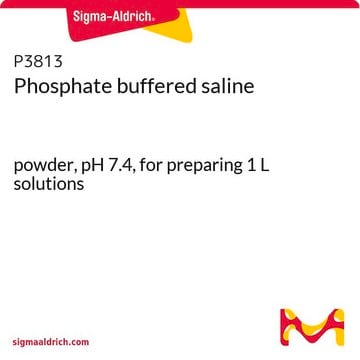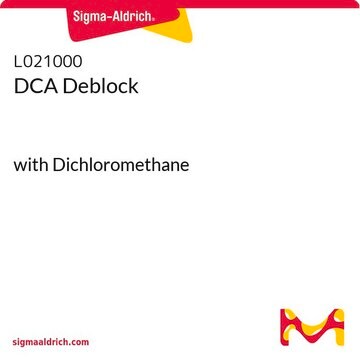E3762
pFLAG-CMV™−5a,b,c Expression Vectors
0.5 mg/mL
Autenticatiper visualizzare i prezzi riservati alla tua organizzazione & contrattuali
About This Item
Numero MDL:
Codice UNSPSC:
12352200
Prodotti consigliati
Tag
FLAG® tagged
Grado
Molecular Biology
for molecular biology
Stato
buffered aqueous solution
Concentrazione
0.5 mg/mL
Condizioni di spedizione
dry ice
Temperatura di conservazione
−20°C
Descrizione generale
p-FLAG-CMV-5a, p-FLAG-CMV-5b, and p-FLAG-CMV-5c Expression Vectors used for the expression of C-terminal FLAG® tagged proteins in mammalian cells. pFLAG-CMV-5 a,b,c Expression Vectors are used as shuttle vectors for E. coli and mammalian cells. These vectors facilitate the intracellular expression of C-terminal FLAG-tagged fusion proteins. Transient expression in mammalian cells is driven by the CMV promoter-regulatory region. The SV40 origin of replication results in most efficient replication in mammalian cells expressing the SV40 large T antigen. The a, b, and c vector series makes all three reading frames available for every restriction site in the MCS.
Vector Maps and Sequences
Vector Maps and Sequences
Componenti
- p-FLAG-CMV-5a Expression Vector (20μg)
- p-FLAG-CMV-5b Expression Vector (20 μg)
- p-FLAG-CMV-5c Expression Vector (20 μg)
- pFLAG-CMV-5a-BAP control plasmid (20 μg)
Note legali
FLAG is a registered trademark of Merck KGaA, Darmstadt, Germany
pFLAG-CMV is a trademark of Sigma-Aldrich Co. LLC
Prodotti correlati
N° Catalogo
Descrizione
Determinazione del prezzo
Codice della classe di stoccaggio
12 - Non Combustible Liquids
Scegli una delle versioni più recenti:
Certificati d'analisi (COA)
Lot/Batch Number
It looks like we've run into a problem, but you can still download Certificates of Analysis from our Documenti section.
Se ti serve aiuto, non esitare a contattarci Servizio Clienti
Possiedi già questo prodotto?
I documenti relativi ai prodotti acquistati recentemente sono disponibili nell’Archivio dei documenti.
Katherine L Bates et al.
Genetics, 178(4), 1989-2002 (2008-04-24)
High baselines of transcription factor activities represent fundamental obstacles to regulated signaling. Here we show that in Drosophila, quenching of basal activator protein 1 (AP-1) transcription factor activity serves as a prerequisite to its tight spatial and temporal control by
Hiroshi Tanaka et al.
Molecular cancer research : MCR, 7(4), 557-569 (2009-04-18)
Tumor necrosis factor (TNF)-related apoptosis-inducing ligand (TRAIL) is a member of the TNF superfamily and has selective antitumor activity. Although TNF-alpha-induced intracellular signaling pathways have been well studied, TRAIL signaling is not fully understood. Here, we identified a novel TRAIL
Nadine Pollak et al.
The Journal of biological chemistry, 282(46), 33562-33571 (2007-09-15)
NAD kinases (NADKs) are vital, as they generate the cellular NADP pool. As opposed to three compartment-specific isoforms in plants and yeast, only a single NADK has been identified in mammals whose cytoplasmic localization we established by immunocytochemistry. To understand
Jinlong Wang et al.
Biochimica et biophysica acta. Gene regulatory mechanisms (2018-07-18)
KRAB-containing zinc finger proteins (KZNF) constitute the largest family of transcriptional regulators in humans and play critical roles in normal development and tumorigenesis. However, the function and mechanism of most KZNFs remain unclear. Here, we report that ZNF496, a KZNF
Il team dei nostri ricercatori vanta grande esperienza in tutte le aree della ricerca quali Life Science, scienza dei materiali, sintesi chimica, cromatografia, discipline analitiche, ecc..
Contatta l'Assistenza Tecnica.








